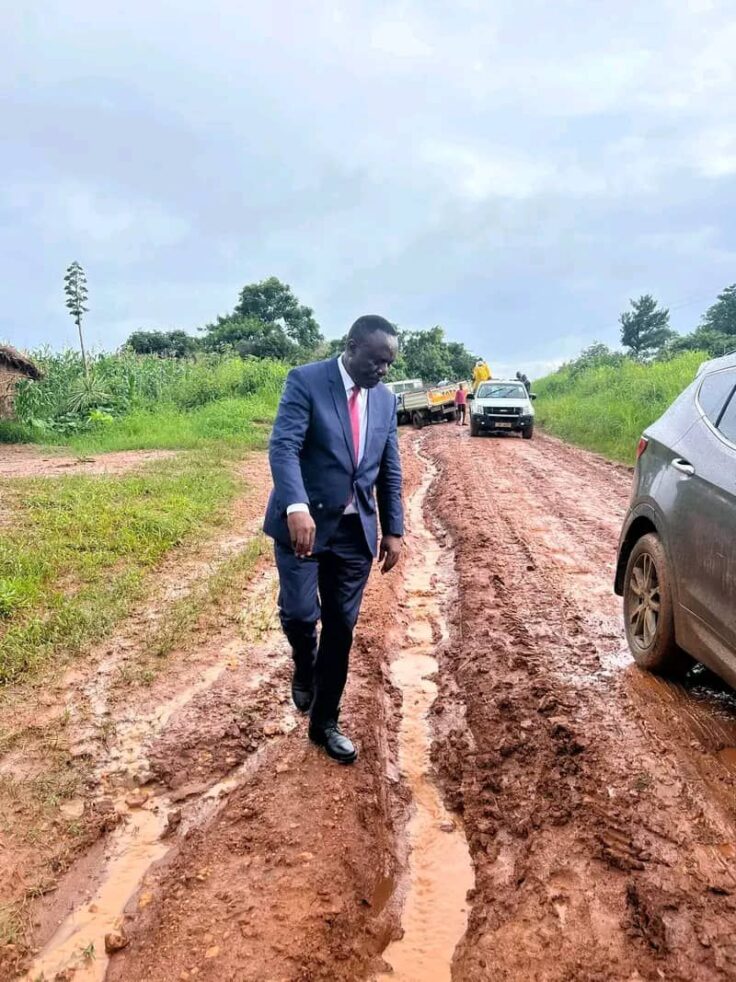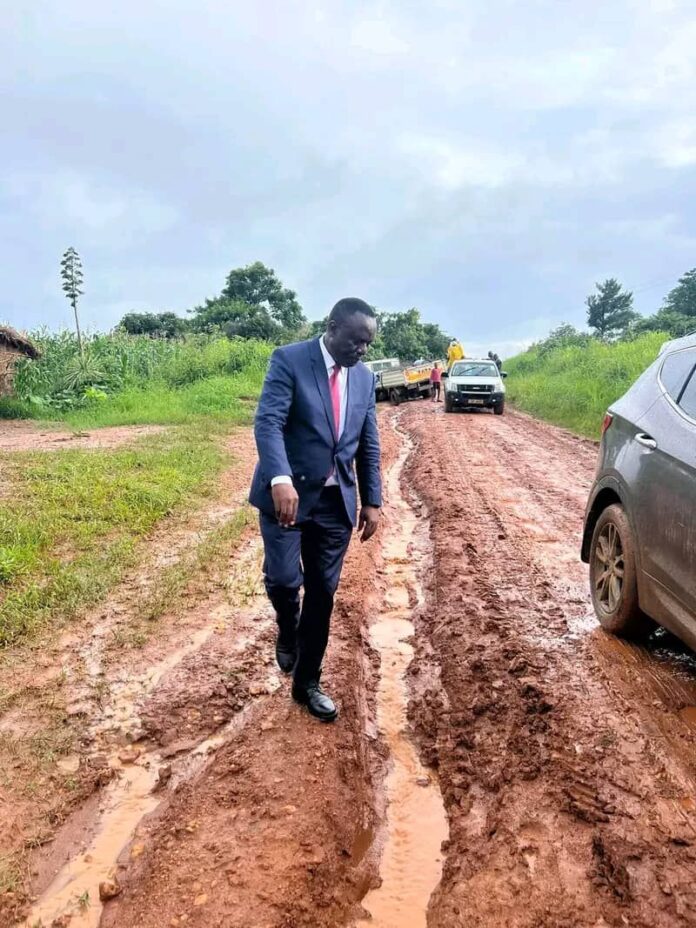By Burnett Munthali
Frank Mwenefumbo writes, “This is the road leading to Mwazisi, Hewe, the Nyika National Park, Nthalire, Wenya, and Chitipa. It’s virtually impassable this time of the year.” A poignant observation that highlights an ongoing challenge faced by the people in the northern parts of Malawi. The road connecting these key areas is crucial for access, commerce, and basic services, yet it remains largely unusable, especially during the rainy season, leaving residents completely cut off from the rest of the country.
Northern Malawi is known for its stunning natural beauty, with the Nyika National Park being a notable tourist attraction due to its rich biodiversity and scenic landscapes. However, the conditions along the road leading to this part of the country have been a persistent issue for years. During the rainy season, the terrain becomes treacherous, with mudslides, flooding, and poor road maintenance making travel nearly impossible. This has had a direct impact on the communities residing in these regions, including Mwazisi, Hewe, Nthalire, Wenya, and Chitipa.

For the people living in these areas, the lack of accessible roads creates a myriad of difficulties. Emergency medical services are delayed, and the transportation of goods becomes a major challenge. Many farmers in these areas rely on the road for the movement of their produce to markets. Without access to reliable roads, they struggle to sell their crops, which affects their income and ultimately their livelihoods.
The implications of this poor infrastructure extend beyond economic hardships. The education sector also suffers as students and teachers find it increasingly difficult to reach schools. Similarly, healthcare services, which are already limited in rural areas, become even harder to access. Clinics and hospitals in the region often run out of necessary supplies due to delays in deliveries, further affecting the health and well-being of the people.
In addition to the practical challenges, the inability to access these remote areas also deprives them of much-needed attention from national and regional policymakers. With limited transport options, the voices of the people living in these communities are often unheard in discussions about national development. This disconnect is problematic, as these communities remain in a cycle of neglect, lacking the infrastructure that could improve their access to essential services.
However, the situation is not entirely bleak. The government has made some efforts in recent years to address the poor infrastructure in northern Malawi. Development projects aimed at improving road conditions have been launched, though they often face delays or run into funding challenges. Local residents have also called for more investment in infrastructure, especially roads, to ensure that they are not left behind as the country pushes forward in its quest for national development.
One of the key challenges in developing this part of Malawi is the region’s geographical terrain. The hills, valleys, and expansive forested areas present unique engineering challenges that make road construction both difficult and expensive. Furthermore, the heavy rains of the wet season cause frequent damage to roads, creating a vicious cycle of repair and reconstruction that makes it difficult to achieve long-term improvements.
Nevertheless, there are signs of progress. Community-based initiatives, often supported by local NGOs, have aimed to improve the conditions of small sections of the road. Additionally, tourism, particularly around the Nyika National Park, remains a potential avenue for economic development in the region. For this to happen, however, the road infrastructure must improve significantly, enabling easier access for tourists and providing economic benefits to local businesses.
The situation in Mwazisi, Hewe, Nthalire, Wenya, and Chitipa serves as a stark reminder of the inequalities that exist in Malawi’s infrastructure development. While cities and more accessible areas benefit from better roads and transport systems, remote regions like these continue to struggle. Addressing this issue requires a multi-faceted approach that involves government action, community engagement, and international support.
The road to Mwazisi and its neighboring areas may be impassable now, but it is not a road that should be ignored. For the people in these communities, improving the roads is not just about convenience; it is about survival, economic stability, and the basic rights of access to services. It’s time for the government to prioritize road infrastructure in the north, ensuring that no part of the country is left behind in the push for national development.



